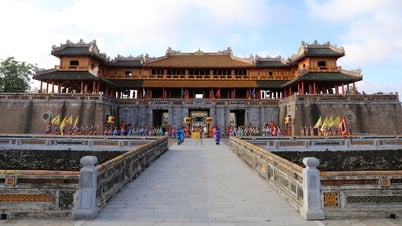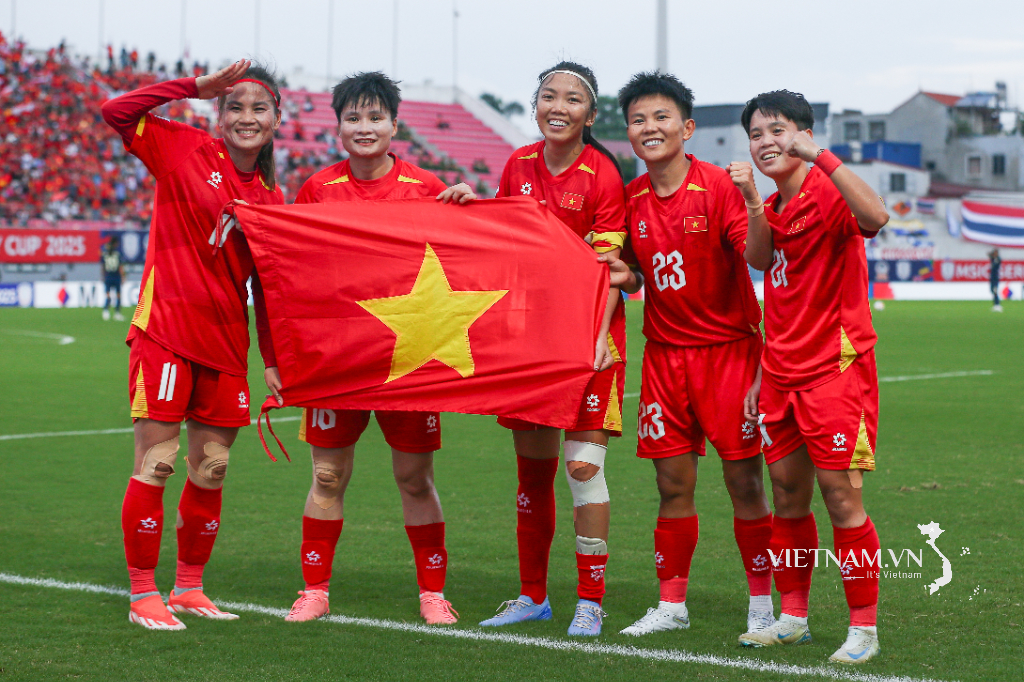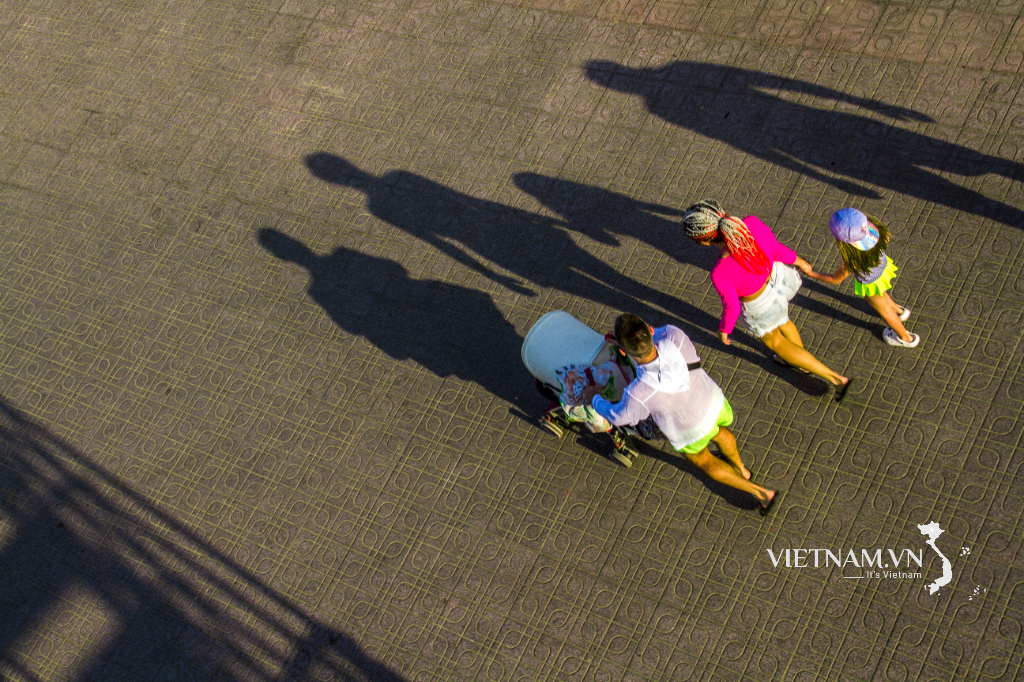Excuse me, the Baidu Encyclopedia contains a legend that says a general during the Eastern Jin Dynasty was so moved by the soldiers' tireless fighting and numerous victories that he ordered the people to make delicious cakes and send them to the front lines as gifts for the soldiers. This expression of gratitude is called " diandian xinyi " (點點心意) in Chinese, later shortened to "dianxin " (點心) and has been popular ever since.
In Chinese, the word for " diễm tâm" (light meal) has two meanings:
1. Eat a light snack before the main meal to reduce hunger (according to Sun Wukong's *Huan Yi Zhi* from the Tang Dynasty; Zhuang Guiyu's *Ji Le Bian * (volume 2) from the Song Dynasty; and Wu Xi Chang's *Gue Tong Xian Hua* from the Qing Dynasty).
2. Food such as pastries (according to Zhu Mi's *Gui Xin Za Shi Qian Ji* from the Song Dynasty; Chapter 14 in *Water Margin* ; and Feng Menglong's *Yu Shi Ming Yan* from the Ming Dynasty).
The term "dim sum" (or "dim sum ") was first recorded in Wu Zeng's * Neng Gai Zhai Man Lu* during the Song Dynasty, while the practice of eating dim sum as light meals dates back to the Tang Dynasty (*Nan Bei De Dim Sum* by Zhou Zuo Ren*). This is confirmed in Gu Zhang's *Tu Feng Lu* during the Qing Dynasty: *Xiao Shi Wei Dim Sum* (小食曰點心), meaning "light meals are called dim sum."
In Vietnamese, "dim tam" is a transliteration of the Cantonese word 點心 (dim2 sam1). However, in Vietnam, the concept of " dim tam " is usually understood as breakfast , while in China it refers to a light meal to tide you over. For breakfast , the Chinese call it "zao xan" (早餐, zǎocān), "zao diem" (早点), "gua zao" (过早), or "zao fan" (早饭). Zao xan (早餐) corresponds to the English word "breakfast" which appeared in the mid-15th century (before that, breakfast in Old English was called "undernmete" or "morgenmete ").
In Japanese, breakfast is called chōshoku (朝食, ちょうしょく), which corresponds to Frühstück (German), morgunmatur (Iceland), morgenmad (Denmark), colazione (Italian), or ontbijt (Dutch).
In some languages, the term breakfast tends to become lunch ; for example, déjeuner (or petit déjeuner ) in French, which used to mean breakfast , now means lunch ; the word almuerzo (breakfast) in Spanish, which used to mean lunch, now means lunch … Although in the same language, the way breakfast is called varies depending on the country. For example, in Portuguese: quebra-jejum , mata-bicho (Portuguese in Angola and Mozambique), almorço (Galicia), pequeno-almoço (European Portuguese), or café da manhã (Brazilian Portuguese).
Breakfast times also vary by country. Breakfast ( ientaculum ) in ancient Rome began at 3 or 4 a.m. (according to the Latin poet Martial, 1st century), while in France, under Francis I, people attended Mass at 8 a.m. and then had their first meal of the day around 10 a.m.
Breakfast styles also vary. Modern Japanese families have two main types of breakfast: Japanese-style (very popular, often on weekends and holidays); and Western-style (more popular with young couples). In India, there are at least 25 types of breakfast, each with over 100 different dishes, generally divided into two main groups: South Indian and North Indian.
Source link









































































































Comment (0)